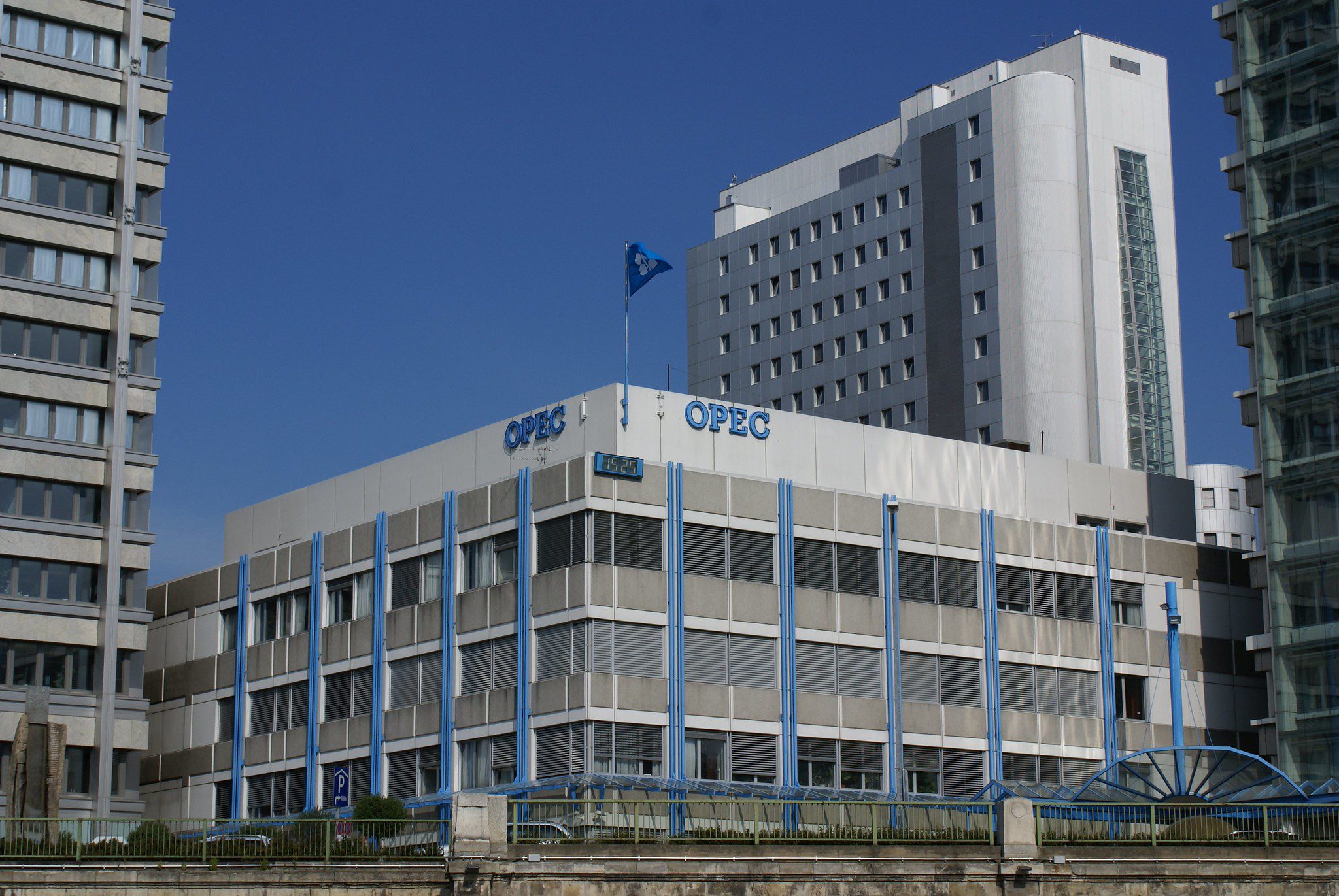The Organization of the Petroleum Exporting Countries (OPEC), headquartered in Vienna, Austria, is the main alliance of hydrocarbon-producing states. Photo: alex.ch.
Guacamaya, November 13, 2025. The latest monthly OPEC report, which records October’s production, shows a marked divergence between Venezuela’s figures from the Ministry of Hydrocarbons, which show an increase of 27,000 barrels per day, and secondary sources, which estimate a drop of 7,000 bpd.
It is notable that the discount of the Merey-16 barrel against Brent, a benchmark for the Venezuelan market, has grown from $12.70 to $15.98, returning to its widest point in a year.
Secondary sources calculate that Venezuela’s oil production in October was 956,000 bpd, 6% higher than the previous year. According to direct communication from Caracas, the figure was 1,132,000 bpd, having grown 14.5% year-on-year.
The main difference between the two sources is whether they subtract or include imported inputs, such as diluents or naphtha, in the final figure. The so-called “secondary sources,” made up of companies like Kpler, OilX, and ESAI, base their estimates on their own research and ship movements. Another problem could be the inflation of results within PDVSA.
An important factor in the demand for Venezuelan crude is the new US sanctions against Russia. China’s state giants are stopping purchases of it, meaning the two hydrocarbon producers are now competing for the same “teapot refineries” market.
What happened in the rest of OPEC+?
Saudi Arabia continues to increase its production, having surpassed 10 million barrels per day. Iraq and Kuwait, as well as Russia, which is part of OPEC+, have also each introduced an additional 30,000 to 50,000 bpd.
Iran lost 66,000 bpd in October, following the reimposition of United Nations sanctions at the end of September.
Kazakhstan, a member of OPEC+, reportedly lost 155,000 bpd last month due to maintenance operations at its largest oil field.







